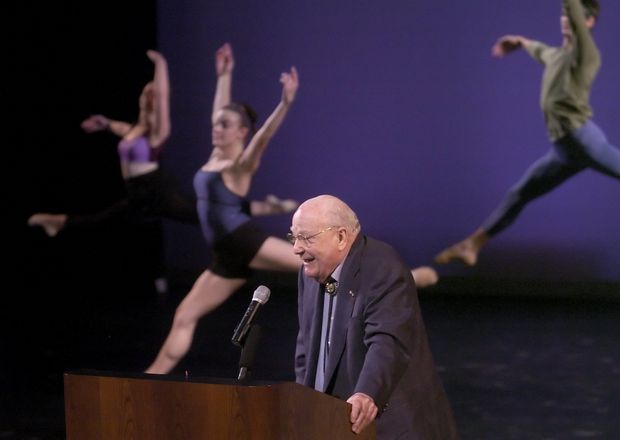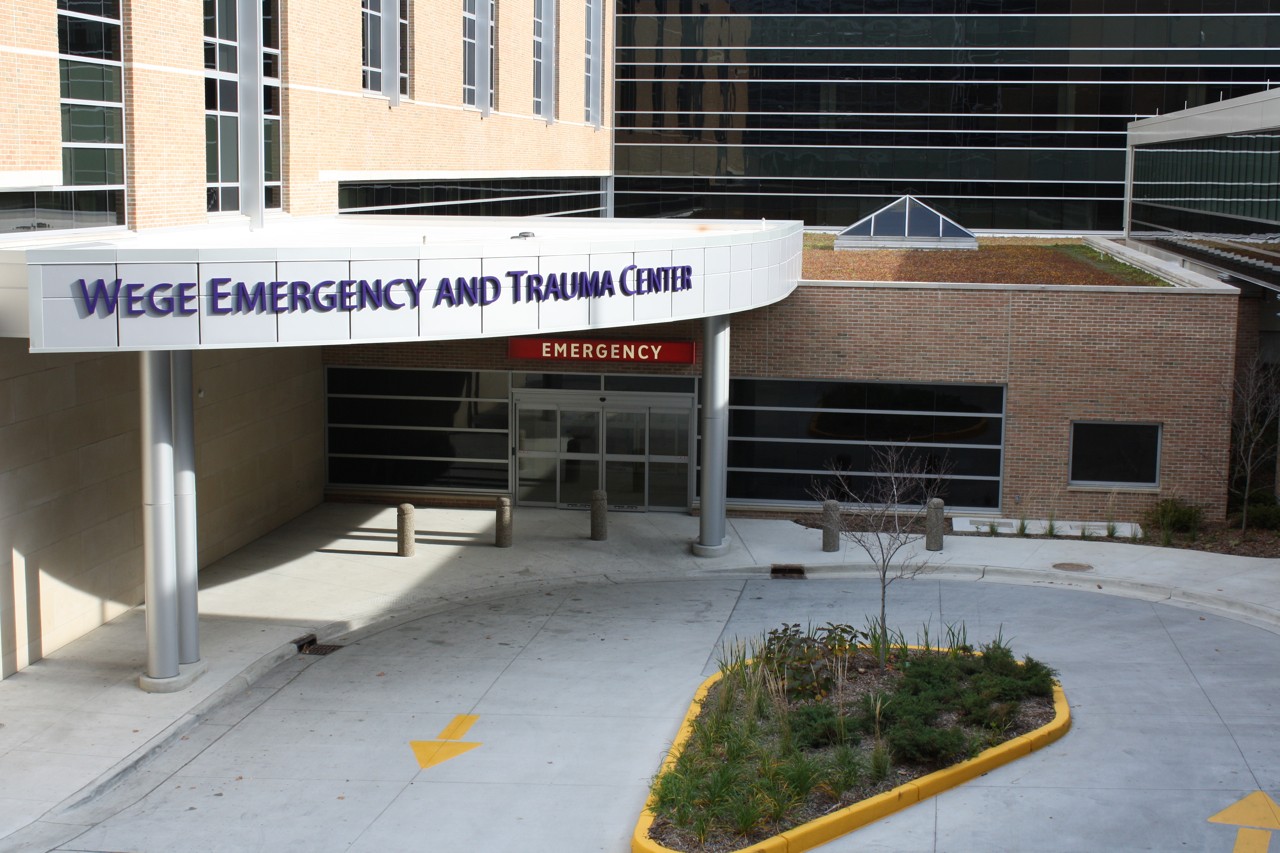The Wege Foundation’s signature gift in the Arts & Culture area of interest is the new Grand Rapids Art Museum. Even before the ribbon was cut in October 2007, GRAM was making national news as the first “green” art museum in the world. The New York Times headlined its article: From Michigan, a Clean-Running Museum. When the Times asked Peter what his future dreams were for this history-making building, the answer was classic Wege. “I hope it inspires other cultural organizations to follow.”
In its September 2007 in-flight magazine, United Airlines published a feature article by Charles Lockwood singling out the green museum in the greenest city in the United States: the new GRAM in Grand Rapids, Michigan. Lockwood wrote that GRAM will be the first art museum to receive a LEED rating (Leadership in Energy and Environmental Design) from the U.S. Green Building Council. GRAM’s adherence to LEED standards qualified it not for just Certification, but for a GOLD rating, the second highest level the Council can award a building.
Lockwood writes of the 18,000-square-foot GRAM, Green features include glazed skylights that bring natural light into the galleries, tanks that collect rainwater used to flush toilets, and an HVAC system that collects and stores fresh air under the building where the earth cools it.
While this stunning green museum, designed by architect Kulapat Yantrasast, is Peter’s largest gift to GRAM, it’s certainly not his first. For some forty years, The Wege Foundation has supported the Grand Rapids Art Museum. Starting with his first recorded gift of $1,000 in 1969 when GRAM was in a renovated house near downtown, Wege has been the Art Museum’s single most generous patron.
From relatively small donations—like redoing GRAM’s kitchen, to major gifts—like funding the Frank Lloyd Wright exhibit, Wege has made sure the Art Museum gets whatever it needs. From 1969 onward, GRAM’s annual donations under the name “Wege,” both personal and from the Foundation, have a repetitive ring. “Annual fund.” “Endowment.” “Underwriting.” “Capital improvements.”
Yet those are only the non-specific gifts. He also created an internship named for the woman he often called “my sainted mother,” the Sophia Dubridge Scholarship. College students who win the Dubridge Scholarship study in the curatorial and education departments of the Art Museum.
Peter Wege regularly backs art exhibits, especially of local artists like the late Mathias Alten and Jon MacDonald, a distinguished painter. Years before political correctness kicked in, Peter Wege was promoting MacDonald not because he is an African American, but because of his artistic talent.
While the Arts and Environment are the central Pillars of the Foundation’s Mission, this $60 million LEED-Gold art museum in the heart of Grand Rapids incorporates the other three areas of interest for Peter as well. Enhancing the downtown with a magnet like the new GRAM contributes to Human Services as it revitalizes the people of the inner city who live in nearby neighborhoods.
With Peter’s strong faith that the arts as necessary to the health and elevation of the human spirit, the new GRAM fits into his Health Care model of Mind, Body, & Spirit. And with GRAM Director Celeste Adams already scheduling a variety of art classes—plus children’s art camps in the summer of 2008—the new Museum supports the Foundation’s number-one area of interest area: Education
Peter’s quote in the New York Times is right on. Wouldn’t it be wonderful if GRAM inspired “other cultural organizations to follow” its example!
Visit the Grand Rapids Art Museum at www.gramonline.org



 THE FIFTH PILLAR: COMMUNITY SERVICE
THE FIFTH PILLAR: COMMUNITY SERVICE